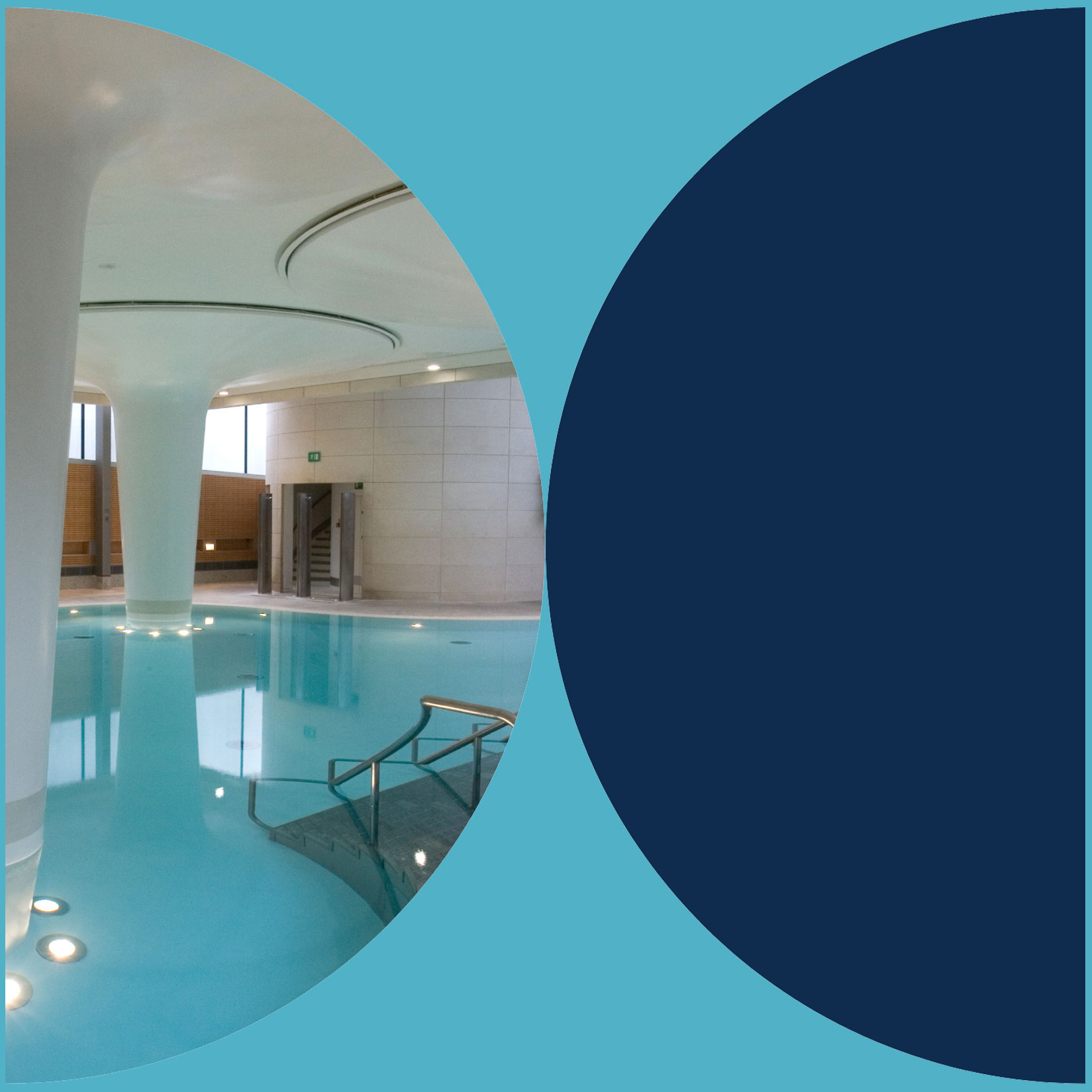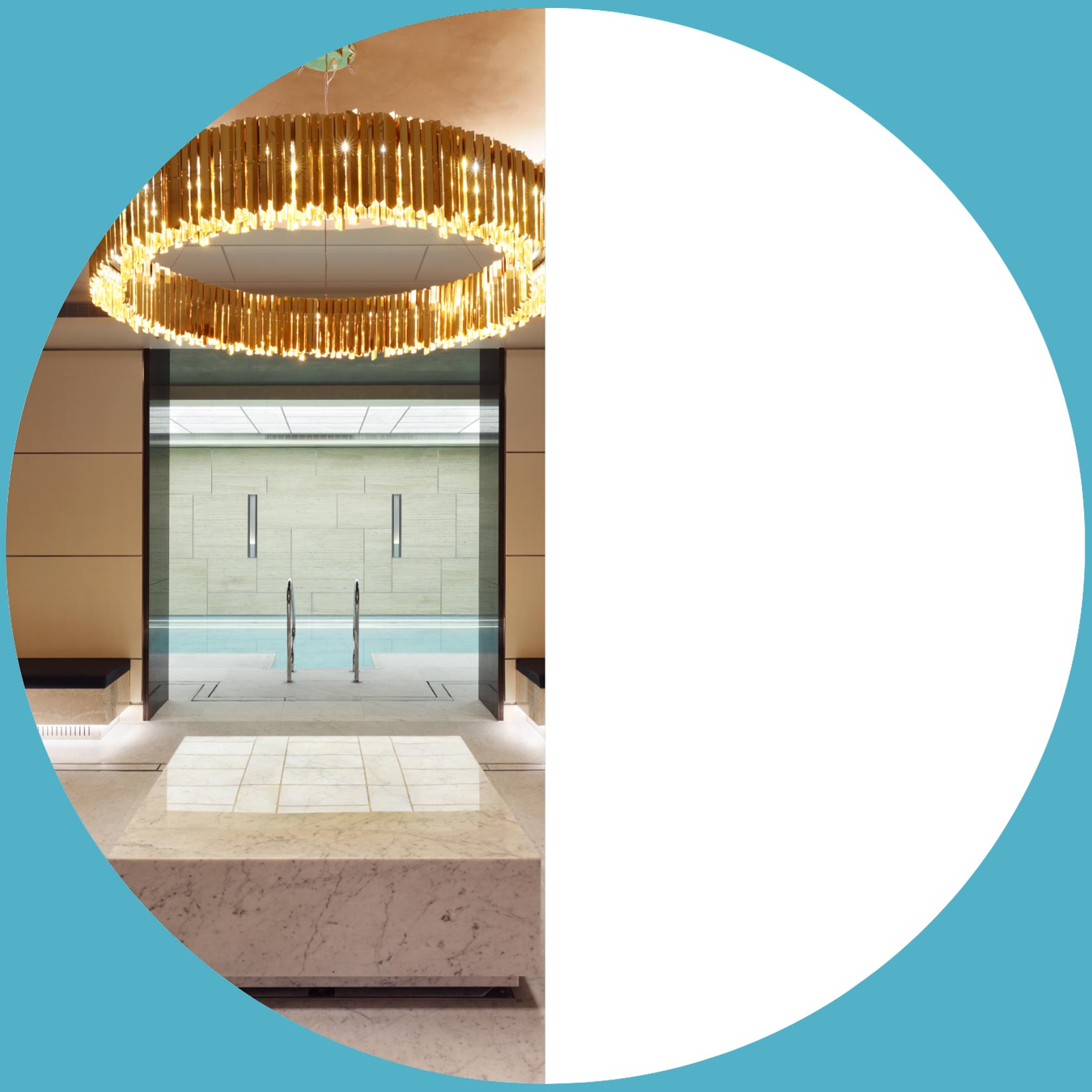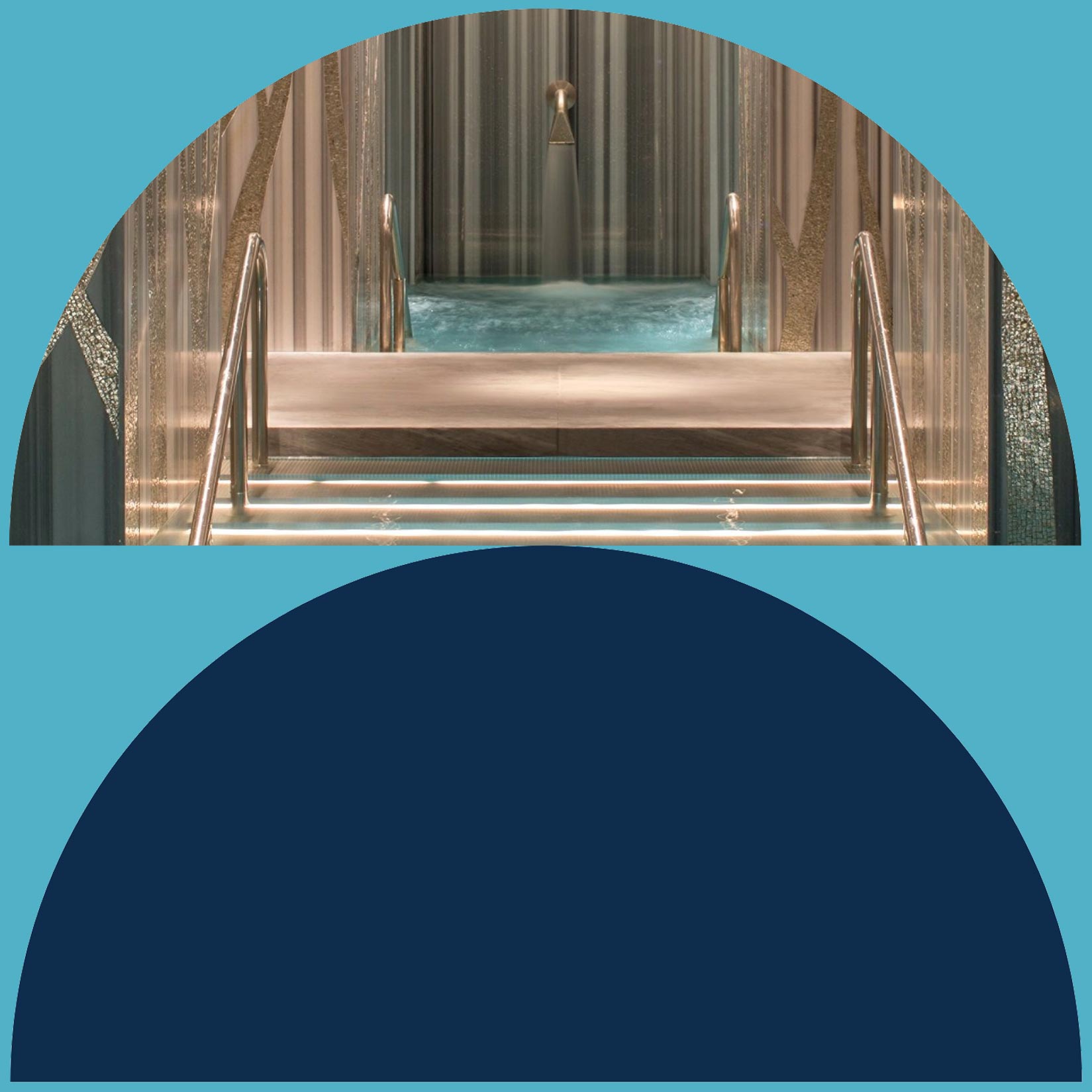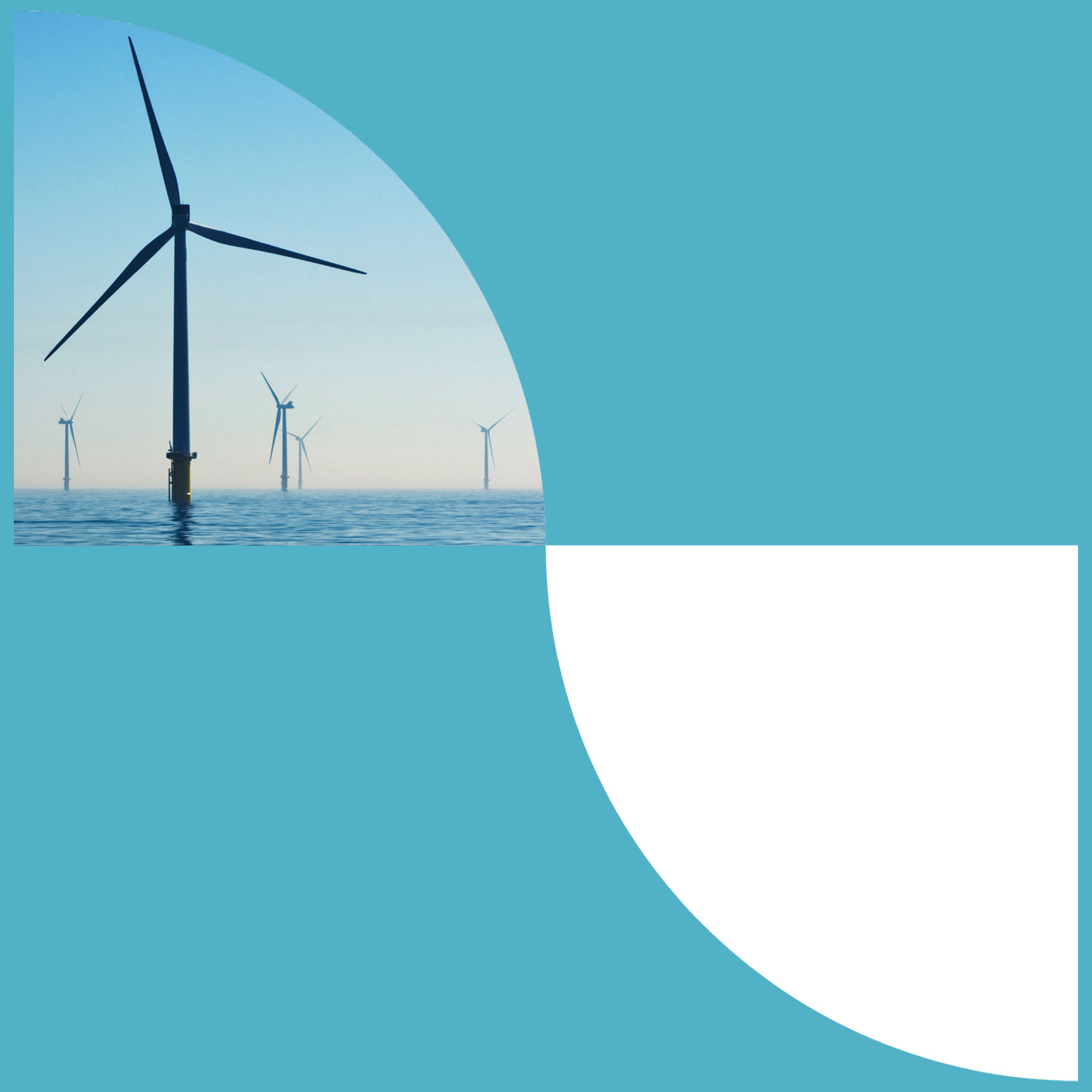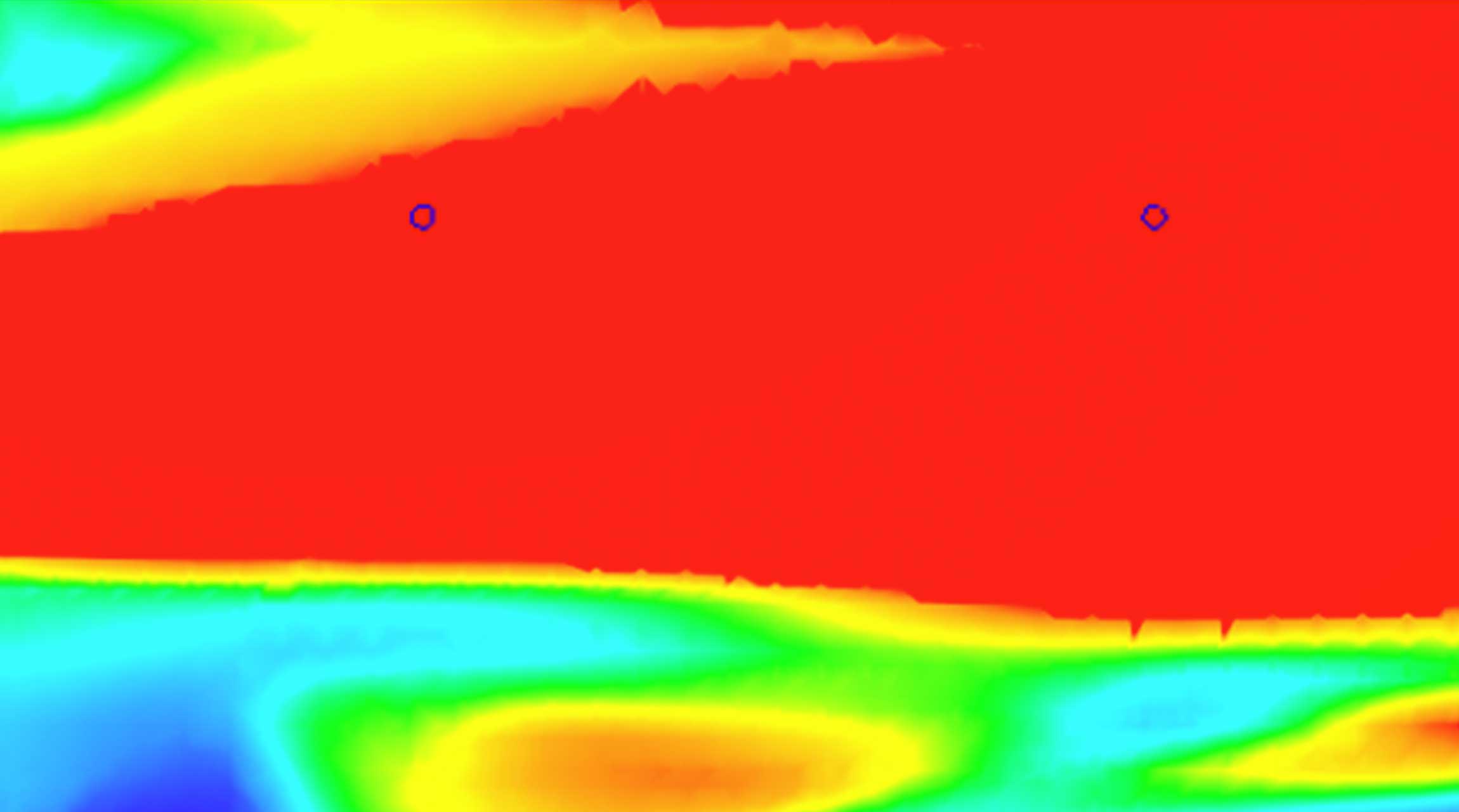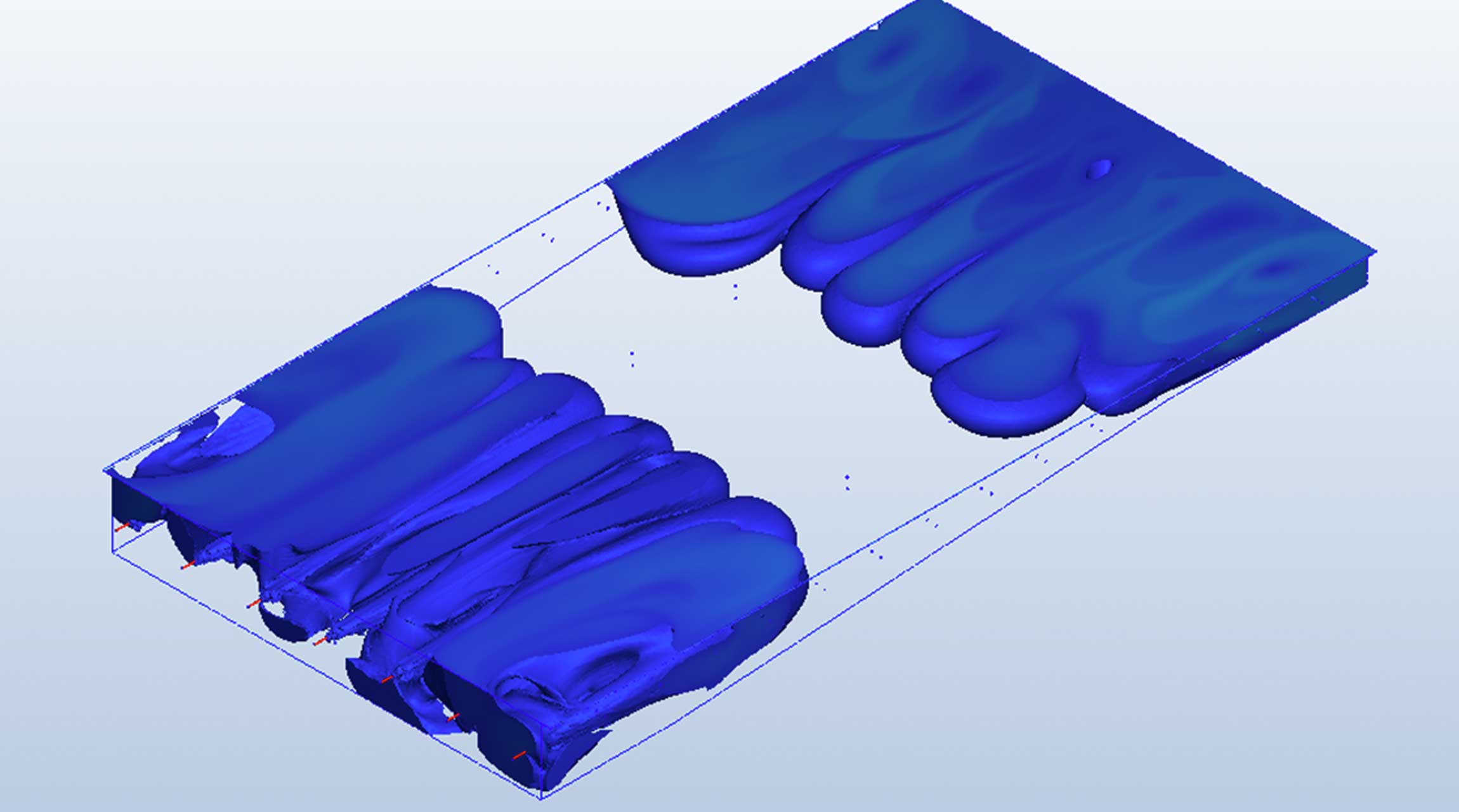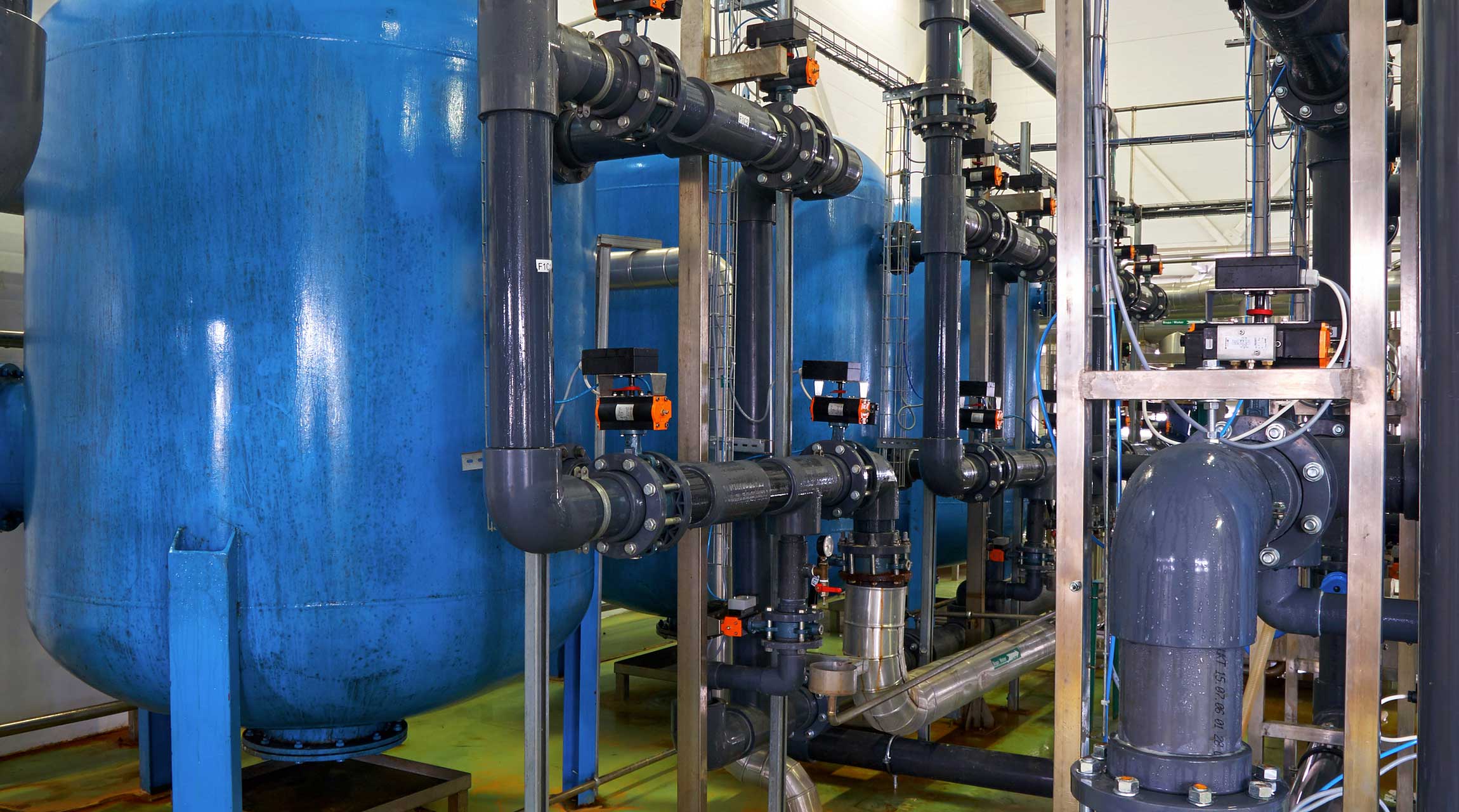
Update
Improving energy efficiency in swimming pools
16th January, 2023
In light of the recent energy rate increases and soaring swimming pool operating costs, we have put together 20 ideas for for pool operators to consider, to make your swimming pool more energy efficient.
-
Understanding performance and setting targets
Identify how systems are performing by metering and recording electrical power, water, system flow and heat – with baseline consumptions known, the energy targets can be set.The Passive House (1) target for the electrical power to generate unit flow rate of 25-40W per m3/h of circulating water, reflects the hydraulic efficiency of the circulation system. PWTAG (2) identifies that UK pools typically fall between 40 – 80W – so there is huge potential for savings.
-
Variable speed drives (VSDs) on circulating pumps.
VSDs play a key role in optimising energy efficiency by enabling accurate control of the circulation flow to match the pollution load and the system head losses; flow can be reduced by up to 50%, and electrical power by over 50%; water quality controls need to be in place and can include free/combined chlorine levels, redox, microbiological tests, and turbidity.
-
Keeping strainer baskets clean.
The dirtier the baskets, the greater the head loss and hence the power required to maintain flow; keeping the baskets clean and controlling flow with the VSDs will, reduce power required.
-
Optimising strainer basket design.
Basket mesh openings typically vary from 3mm to 5mm; a larger mesh size can result in lower water velocities/headloss and controlling flow with the VSD will, reduce power required.
-
Optimising strainer basket system flows.
Where there are multiple strainers, using as many of the strainers as possible can result in up to 1.0m less headloss, and controlling flow with the VSD will, reduce power required.
-
Optimising pump system flows.
Where there are multiple pumps in parallel, e.g., two full duty, using VSDs to operate both at reduced rate can provide efficiencies; many factors are involved; expert help may be needed.
-
Minimisation of water drops by gravity.
On a deck level pool, water will drop by gravity into the transfer channel and balance tank, typically a 1m drop that needs to be pumped back up. During night time use, eliminating these drops (effectively bypassing the surface water removal) will reduce the power required.On systems where the balance tank is located substantially below the pool tank, say 10m below, adopting this approach can result in a significant reduction in power required. Concerns about temporarily stopping the surface water removal should be manageable.
-
Replace inefficient hydraulic fittings.
Suction pipe velocities should be 1.5 – 2.0m/s and can be up to 2.5m/s on delivery pipes; replace any fitting or pipe lengths with velocities in excess of these.
-
Replace throttle valves.
Throttle valves used on the main circulation pipework to divert flow into by-pass loops e.g., heat exchangers, are highly inefficient, and should be removed and booster pumps installed.
-
Reduce use of UV.
UV lamps, used to help manage chloramine levels, are high energy users, 3 – 4kW on a typical 25m pool; on high water volume to bather ratio pools, UV use can be managed or even ceased, provided appropriate water quality management controls are in place.
-
Control UV dose to flow rate.
Provide power switching to the lamp to provide a UV dose controlled to the actual flow rate.
-
Control UV dose to chloramine setpoint.
The UV only operates when the chloramine level exceeds a setpoint; standards vary from 0.2mg/l in Germany, 0.4mg/l in the USA, to 1.0mg/l in the UK (which is very high).
-
Use high efficiency electric motors.
If replacing pump motors, ensure that high efficiency motors to IE3 or IE4 are used; an 11kW IE1 motor efficiency will be 87.6% whereas an IE4 motor efficiency will be 93.3%.
-
Check insulation.
Heat exchangers and associated hot pipe/fittings should be insulated. Insulation of the plant and pipework may be of benefit but depends largely on the temperature of the plantroom.
-
Manage heat loss in heated outdoor pools.
An outdoor pool at 30°C, air at 7°C, 40% RH and wind at 5m/s will lose heat at 2kW/m2; an indoor pool will typically lose heat at 0.2kW/m2 or 1/10th of an outdoor pool; temperature, opening periods and covers are all crucial.
-
Check commissioning.
The purpose of commissioning is to check and record that each individual system element is performing correctly; check the plant has been properly commissioned and recorded as such.
-
Reduce operating temperatures.
Water temperatures, often high in the UK at 29/30°C can be reduced by 1°C or more, with a similar drop in the air temperature; a bather satisfaction issue, the boundaries can be pushed.
-
Optimise use of high energy water features.
Some features require large amounts of power e.g., wave machines at 45kW, flume rides from 11kW to 55kW; a typical 25m pool treatment plant only requires 11 – 15kW at full flow.
-
Embrace pool covers.
On outdoor pools, covers should always be used; on indoor pools a Devin study has indicated that energy will always be saved through reduction of evaporation, but at a much lower rate.
-
Revisit Operator training.
To optimise the energy efficient operation of the system to achieve energy targets, a greater level of understanding and training may be required in each of the above areas.
(1) Guidelines: Passive House concept for indoor swimming pools, Passive House
(2) Swimming Pool Water: treatment and quality standards for pools and spas, Pool Water Treatment Advisory Group (PWTAG) 2017
Disclaimer: The above points should only be considered by competent personnel who understand the design and operation of the treatment system.
